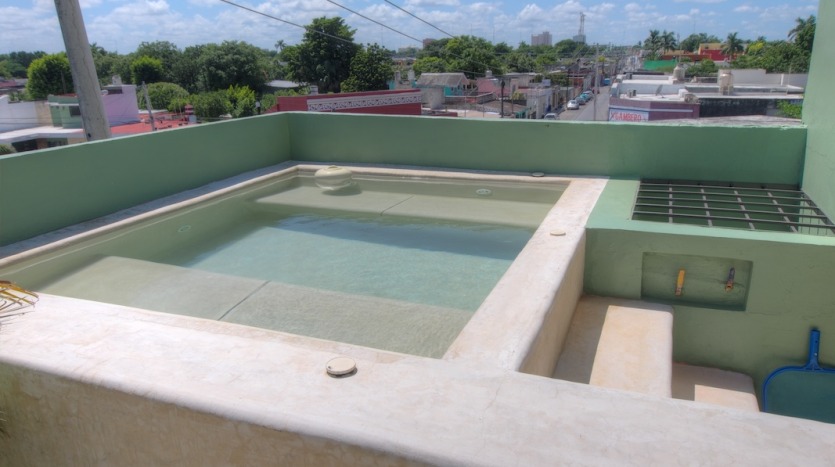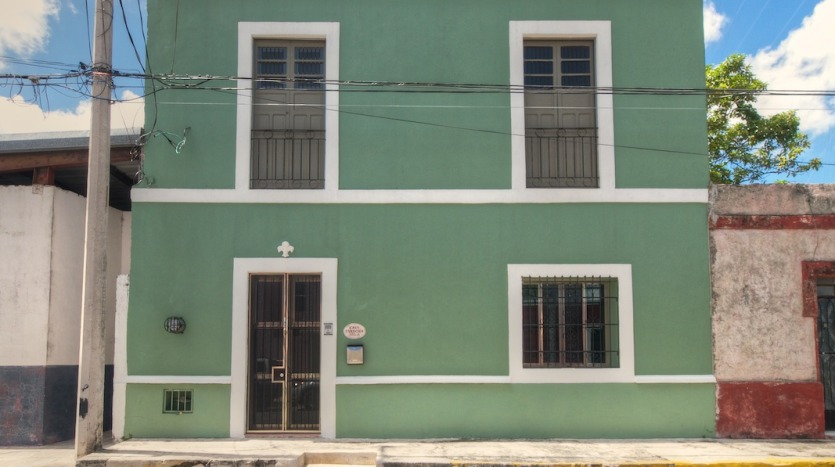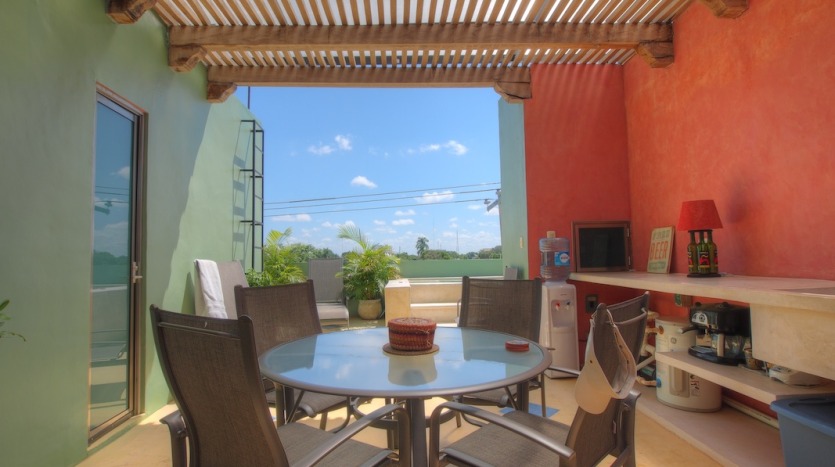Yucatán is a state located in the southeastern part of Mexico on what is known as the Yucatán Peninsula, bordered by the Gulf of Mexico, Quintana Roo, and Campeche.
Within this state, there are 4 magical towns: Izamal, Maní, Sisal, and Valladolid. The architecture of this region is a blend of indigenous, Hispanic, Mexican, French, Italian, and American influences.
In the state of Yucatán, two of over thirty places in Mexico have been designated as UNESCO World Heritage Sites.

These sites encompass the Mayan archaeological complex of Chichén Itzá, home to the renowned Pyramid of Kukulcan, recognized as one of the new seven wonders of the modern world, and the historic Mayan city of Uxmal, with its most remarkable structure being the Pyramid of the Magician.
Additionally, the ‘anillo de cenotes’ stands out, and it is on the Indicative List for potential declaration as a World Heritage Site in Mexico.

The capital of Yucatán is Mérida. It is one of the regions that has undergone a significant architectural boom in recent years due to emerging talent that has gained recognition through awards and biennials throughout the country.

In a previous article, we were able to explore the contemporary architecture of this region. This time, we present a compilation of projects located in Yucatán, belonging to different areas including La Ceiba, Chicxulub, Chablekal, Espita, Progreso, Telchac Puerto, X-Cuyum, and Seye.
TYT Newsroom


